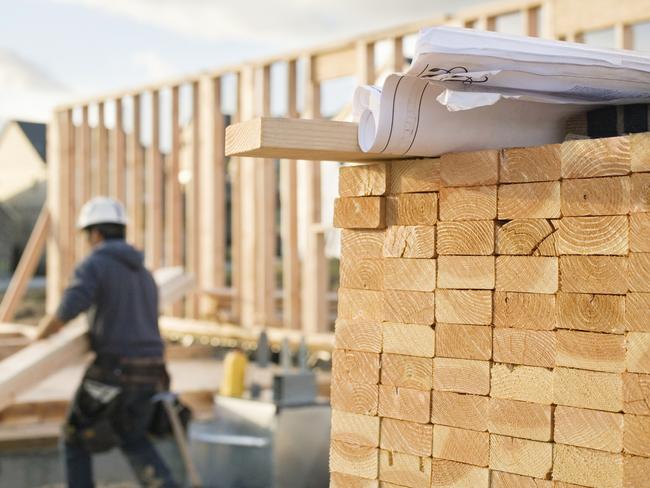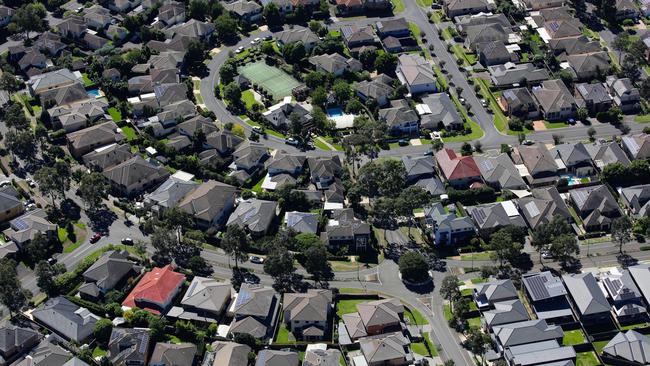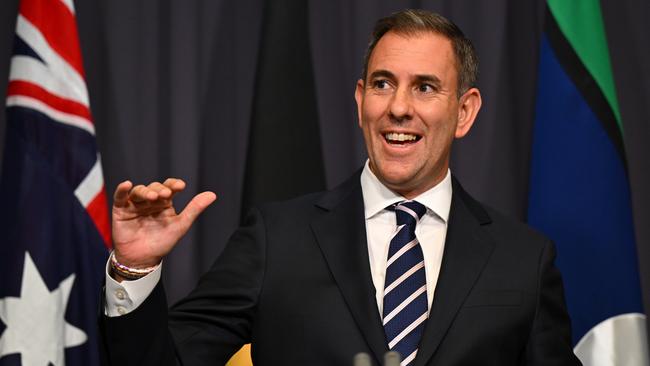
Why this is happening and what needs to be done goes to the heart of the problems that will face the next government. Lower interest rates will not help because it’s an industry in structural collapse. At this stage there is nothing in the statistics to confirm my alert because the crisis is only a few weeks old.
The early alert arises because both housing and commercial building projects are structured so that when builders prepare to start a project they first order the base components including reinforcing, trusses and other essential components.
The suppliers are therefore the first to know when big rises or falls are about to occur. Trading over the past month points to an impending collapse.
The housing targets set by ignorant federal and state politicians were always ridiculous because the politicians didn’t understand that they first had to tackle the industry’s structural problems before they even thought about targets.

In the next month or two the nation will understand that what they were being told via politicians’ forecasts was simply drivel because the base issues had been ignored. And Canberra made it worse because an out of control Australian Tax Office has sent shaky builders to the wall instead of making arrangements for outstanding payments.
Solutions are possible once you understand the base problems. And solutions are needed because, foolishly, not realising we had a broken building industry, we brought in far too many migrants at once.
That’s why an incoming government must consider a series of policies to turn the building industry around – almost as a flag bearer for a national revival.
And there is no point in taking steps to increase demand for new residences or commercial buildings unless you have first fixed the building industry structure so it can provide for any demand a government might create. Lower interest rates without tackling the underlying problems are highly inflationary. Fostering demand is essential but it must wait.

In some ways the hardest part is restoring the morale of the building industry after it has been brutally battered by the ruthless treatment of federal, state and local governments.
There is now deep seated belief in the industry that Australia faces a long period of lower living standards because confidence has been shattered.
No industry can survive when 40 per cent of the cost of their product can be attributed to government charges and imposed delays. And funding rules imposed by banks prevent financing in the industry.
In each state there is a myriad of bodies, often controlled by union-dominated local councils, that delight in delaying permission for a commercial or residential building/development. Often minor requirements are added with no concern about the costs. These burdens must be passed on to the buyers or the builders’ solvency is endangered. In addition there are a myriad of taxes imposed on building. The market price for buildings is now usually much lower than the cost of construction.
Every state is a nightmare and the nation is studded with horrific stories of commercial and residential builders/developers being hindered by bodies that have no regard to the costs. It has come to an inevitable head.
One solution to be considered is for the federal government to isolate the building industry and make grants to states conditional on there being one minister and a small body of people around that minister with the power to override the myriad of bodies and councils who seek to enrich their pockets with no thought of the damage they are creating.
This technique rescued the building industry in Victoria during the 1990s when a remarkable state planning minister, Rob Maclellan, took charge in 1992. Maclellan and his people bypassed the local council body morass and made binding decisions. It helped Victoria out of its early 1990’s slump following a national recession.
And if the federal government is really interested in building dwellings why not require state governments to cut building taxes including payroll tax and then be reimbursed for the revenue loss subject to the planning morass being cleared (possibly using the Maclellan model).
Later it could be used as an example of how the nation can rationalise taxes to increase income.
The net result must be that there is a substantial fall in the 40 per cent government cost imposed on buildings.
They will never admit it but many politicians hate the idea of slashing building costs in the residential sector because they have investments in dwellings and don’t want anything to reduce the price.
There needs to be bank money for developments. As things now stand the combination of regulations and bank nervousness means the building industry is being squeezed for funds.
Bank analysts didn’t care because the big banks were making a fortune from low-risk mortgages. But because the large development tap has been turned off inevitably the mortgage margins declined and bank earnings are now disappointing the market. I am not going to set out a banking solution prescription but surely there must be people within the bank bureaucracies who could work out how to do it.
We have a housing crisis so bank financing decisions will need to be made by the new government fairly quickly. The banks need to get their act together.
The building crisis will not be fully publicly disclosed until around April which will be too late to impact an early election. Albanese advisors know he must go early.







Of the 10 smoking volcanoes that could incentivise the government to drive for an early election, one is simmering close to eruption – the non-renovation sector of the building industry is set for a nationwide dramatic decline.